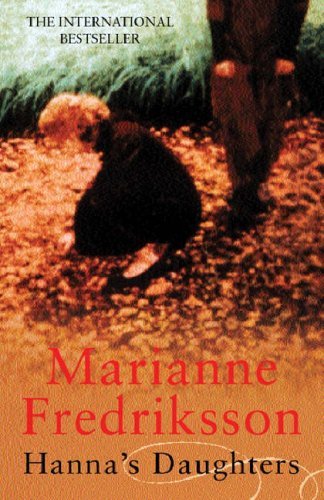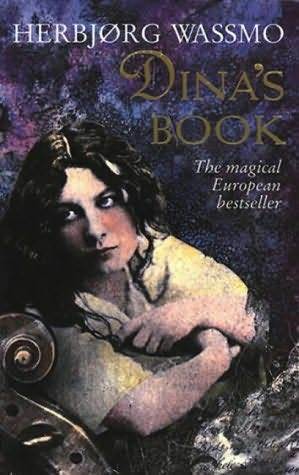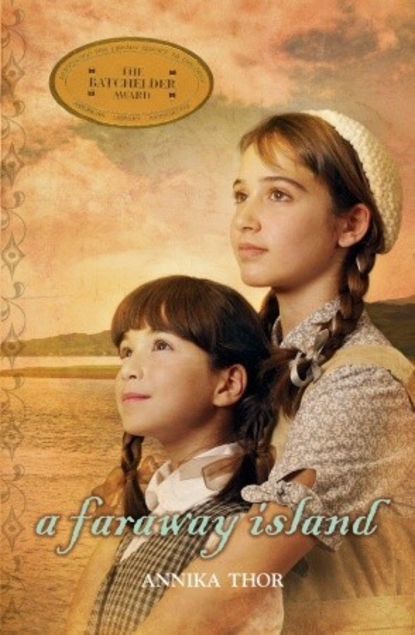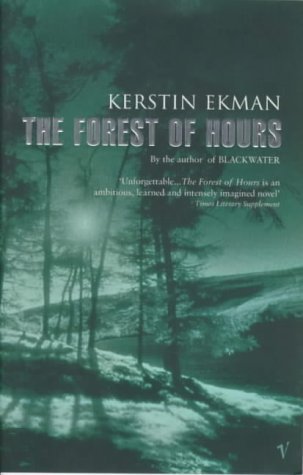
Hanna's Daughters
Book Description
Three generations of women, bound together by blood yet torn apart by secrets. In 'Hanna's Daughters,' the struggles of a Swedish matriarch echo through the lives of her daughters, as they navigate love, loss, and the weight of familial expectations. Each choice ripples through time, unraveling hidden truths that threaten to fracture their fragile bonds. With each revelation, tension mounts, and the ghosts of their pasts loom large, demanding confrontation. As they confront their intertwined legacies, will they find healing, or will the scars of history consume them? What price must they pay to forge their own identities?
Quick Book Summary
"Hanna's Daughters" by Marianne Fredriksson traces the intertwined lives of three generations of Swedish women: Hanna, Johanna, and Anna. Bound by blood but separated by secrets and shifting times, the novel vividly captures the challenges they face as they strive to assert their identities amid a constantly changing world. Each woman's journey is marked by personal loss, societal pressure, and the enduring burden of family expectations. Through stories of love, heartache, resilience, and the pain of hidden truths, Fredriksson explores how the past inevitably shapes the present. By weaving together their narratives, the novel delves into the subtle ways in which trauma, tradition, and hope are passed down, asking whether it is ever truly possible to break free from the legacies of those who came before.
Summary of Key Ideas
Table of Contents
The Legacy of Matriarchy and Generational Connection
At the core of "Hanna's Daughters" is the story of three women— Hanna, her daughter Johanna, and granddaughter Anna— living in Sweden across the 19th and 20th centuries. The narrative moves back and forth through time, illuminating the stark contrasts in their lives. Hanna comes from rural hardships, enduring poverty and rigid social structures. Her strength and endurance set the foundation for the generations that follow, yet her silence and stoicism also sow the seeds for misunderstandings and hidden pain in the family.
The Burden of Family Secrets and Silence
Johanna grows up between the old world and the modern, experiencing the dramatic changes sweeping Sweden in the early 20th century. While benefiting from improved education and social mobility, she faces her own struggles to live up to her mother's formidable legacy. The gap between her inner desires and external pressures creates friction, particularly as she raises Anna and tries to protect her from repeating the mistakes and sorrows of previous generations. Secrets—often unspoken—hang heavy in Johanna's life and influence her choices.
Navigating Change Across Societal Transformations
Anna, the granddaughter and contemporary figure, seeks to make sense of her heritage while forging her own identity in a rapidly modernizing society. She pieces together the family’s history from fragments and silences, attempting to reconcile past traumas and find healing. Anna’s journey is one of self-discovery, as she grapples with her mother’s and grandmother’s legacies, striving to transform inherited pain into understanding and acceptance. Through Anna’s reflections, the binding threads and ruptures between the three women come into sharp focus.
Resilience Through Suffering and Love
Throughout the novel, Fredriksson explores the cyclical nature of suffering and resilience within families. Each woman experiences love and loss—spouses, children, and dreams—yet manages to survive and adapt in her own way. The narrative delves deeply into how emotional wounds and unresolved issues shape each generation, but also how acts of courage and compassion offer the possibility of breaking the cycle. The broader backdrop of Swedish cultural and historical shifts provides context for the evolving roles and expectations placed upon women.
Forging Identity Amid Expectations
Ultimately, "Hanna's Daughters" is a meditation on the complexities of familial love, the cost of silence, and the quest for autonomy and healing. The women are survivors, united and divided by their shared blood, who must each decide whether to let the past define them or to carve out new paths. Fredriksson’s nuanced storytelling invites readers to reflect on their own family narratives and the enduring interplay between heritage and choice.
Download This Summary
Get a free PDF of this summary instantly — no email required.





